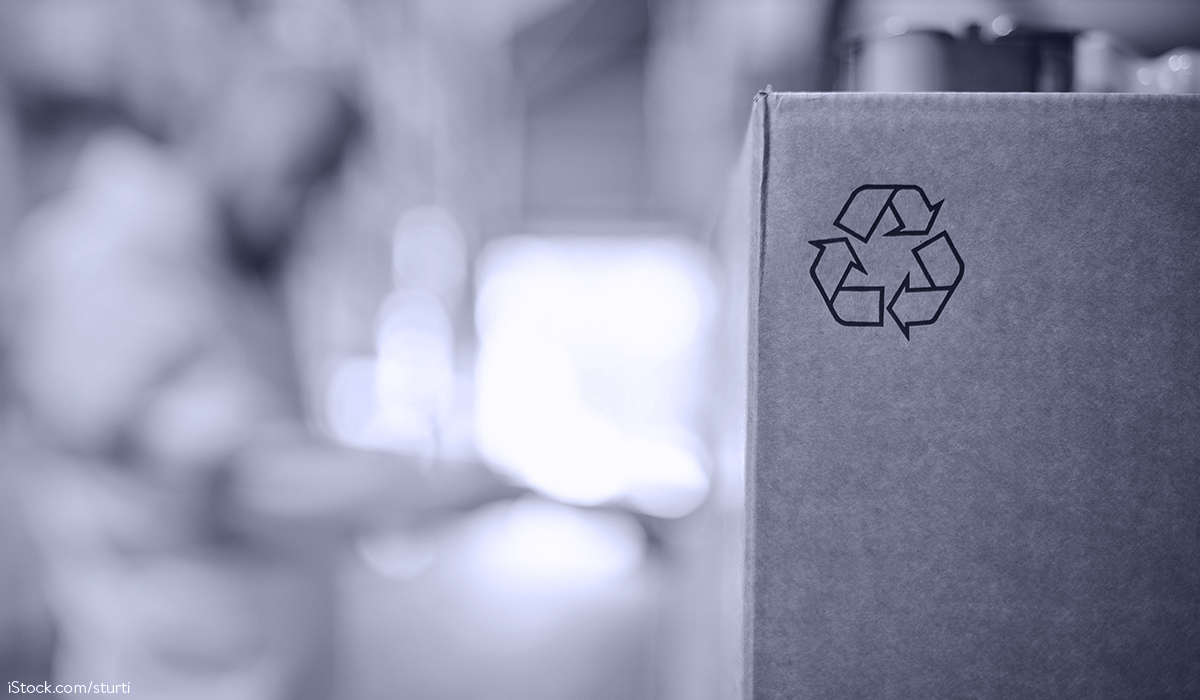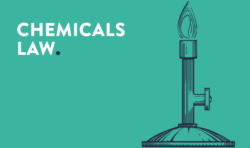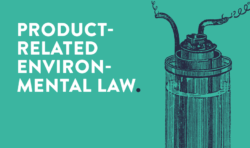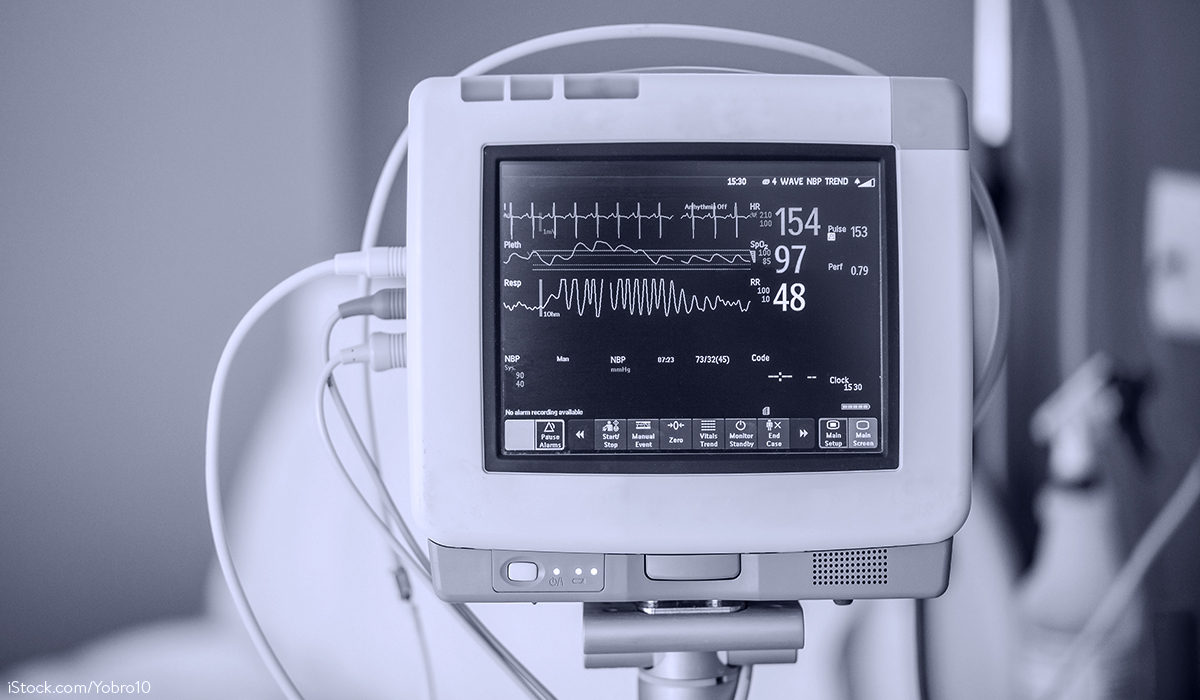EWKKennzV also serves (like EWKVerbotsV – cf. our blog post “Prohibition of the placing on the market of certain single-use plastic products and products made of oxo-degradable plastics“) as a 1:1 implementation of Directive (EU) 2019/904 on the reduction of the impact of certain plastic products on the environment. The background to this directive is, on the one hand, the action plan for the circular economy, which has existed for some time, and, on the other hand, the strategy for plastics in the circular economy of the European Commission.
Currently, the German Bundestag has already approved the draft EWKKennzV, so that only the approval of the German Bundesrat, which is also required, is still pending and is expected during the next plenary session on 07.05.2021.
Scope of application and terminology
According to Sec. 1 2nd sentence EWKKennzV, the new regulation applies in parallel to other applicable requirements regarding the specifications and labeling of the products covered, so that, for example, the labeling requirements of Directive 2014/40/EU on the manufacture, presentation and sale of tobacco products and related products continue to apply, as do the specifications and labeling requirements of Regulation (EU) 10/2011 on plastic materials and articles intended to come into contact with food.
With regard to the terms “single-use plastic product”, “plastic”, “placing on the market” and “making available on the market”, the same definitions apply as under the EWKVerbotsV.
In detail:
- Single-use plastic product
The definition in Sec. 2 No. 1 EWKVerbotsV makes a negative distinction to reusable products. A “single-use plastic product” in this sense is “a product that is made wholly or partly from plastic and that is not conceived, designed or placed on the market to accomplish, within its life span, multiple trips or rotations by being returned to a producer for refill or re-used for the same purpose for which it was conceived”. This means that even a minimal amount of plastic, for example in the form of a coating, is sufficient. The distinction between single-use and reusable products depends on the objective perception of the market at the time of placing the product on the market. Accordingly, neither the manufacturer’s instructions on the possible multiple use of products nor subjective consumer habits regarding the multiple use of single-use products are relevant.
- Plastic
“Plastic” within the meaning of Sec. 2 No. 2 EWKVerbotsV is defined as a material consisting of a polymer within the meaning of Art. 3 No. 4 of Regulation (EU) No. 1907/2006 (REACH) to which additives and other substances may be added, and which can function as a main structural component of final products. The explanatory memorandum of the law clarifies that bio-based and biodegradable plastics are also covered; natural and chemically unmodified polymers are not covered by the regulation.
- Placing on the market and making available on the market
The term “placing on the market” is defined in Sec. 2 No. 4 EWKVerbotsV as “the first making available of a product on the market [in Germany]”. According to Sec. 2 No. 5 EWKVerbotsV, “making available on the market” means “any supply of a product on the market in return for payment or free of charge in the course of a commercial activity”. This definition first of all clarifies that products already placed on the market in Germany before the prohibition will come into force may continue to be sold after the EWKVerbotsV has come into force – in other words: stocks of products already placed on the market in Germany (lawfully) may be used up. In addition, the production of covered products in Germany remains permissible; only placing them on the market in Germany would be prohibited, which does not, however, exclude exports to another country.
Specification requirements for single-use plastic beverage containers
Sec. 3 EWKKennzV stipulates that as of 03.07.2024, “beverage containers with a filling volume of up to 3.0 liters that are single-use plastic products and whose caps or lids are made entirely or partially of plastic [may] only be placed on the market if the caps or lids remain attached to the container during the intended period of use.“
According to the explanatory memorandum to the ordinance, single-use plastic beverage containers are to be defined on the basis of Sec. 3 para. 2 of the German Packaging Act as “closed or predominantly closed sales packaging for liquid foodstuffs (…) intended for consumption as a beverage“, whereby it is irrelevant in the context of the EWKKennzV whether the beverage containers are already filled with beverages or are placed on the market empty. This means that bottles, cans and composite packaging made of plastic are covered, whereas beverage cups are not covered by Sec. 3 EWKKennzV (but by the labeling requirements of Sec. 4 para. 3 EWKKennzV), since they do not have a fixed closure.
For the following disposable plastic beverage containers, the EWKKennzV provides for exemptions from the new specification requirement:
- Beverage containers that are made of glass or metal and have caps or lids made of plastic
- Beverage containers whose caps or lids contain plastic seals but are otherwise made of metal
- Beverage containers intended for and used for liquid foods for special medical purposes, as further defined
The question as to what the fixed connection between the beverage container and the caps/lid will have to look like in order to comply with the legal requirements cannot be answered at present, since the EWKKennzV refers to harmonized standards that have yet to be developed. The relevant standardization has already been commissioned by the EU Commission from the European Committee for Standardization (CEN) and should be available by 31.12.2022.
Labeling requirements for certain single-use plastic products
Sec. 4 EWKKennzV stipulates mandatory labeling requirements for certain single-use plastic products as of 03.07.2021. While Sec. 4 EWKKennzV merely specifies that labeling obligations exist for the products covered on principle, the exact specifications for labeling (position, size, text and graphic design of the label) are specified via reference to Commission Implementing Regulation (EU) 2020/2151, which applies uniformly throughout the EU. With regard to the language of the labeling, this must be in the official language of the respective EU member state in which the products are placed on the market. In Germany, for example, the label has to be at least in German, with other languages being permissible.
The products covered by Sec. 4 para. EWKKennzV (provided they are single-use plastic products) are:
- Sanitary napkins (both as feminine hygiene products and for incontinence).
- Tampons and tampon applicators
- Wet wipes (including, for example, eyeglass cleaning wipes)
- Filters used in combination with tobacco products
For these products, labeling in accordance with Annexes I to III of Implementing Regulation (EU) 2020/2151 will in future have to be applied both to the sales packaging and (if present) to the secondary packaging, with the definitions of terms from Directive 94/62/EC being used in this context.
The specific labeling requirements – as well as existing exemptions – for sanitary napkins and for tampons and tampon applicators are contained in Annex I of Implementing Regulation (EU) 2020/2151. The specific labeling requirements for wet wipes are contained in Annex II of Implementing Regulation (EU) 2020/2151 and for filters used in combination with in Annex III of the Implementing Regulation (EU) 2020/2151.
According to Sec. 4 para. 2 EWKKennzV, both the outside packaging and the unit package (each as defined in Directive 2014/40/EU) of tobacco products with filters will also have to be labeled according to the specifications laid down in Annex III of Implementing Regulation (EU) 2020/2151.
Finally, Sec. 4 para. 3 EWKKennzV stipulates that disposable plastic beverage cups must be labeled in accordance with the specifications of Annex IV of Implementing Regulation (EU) 2020/2151. In contrast to the labeling requirements already described above, the beverage cups must be labeled directly on the product itself.
It should be noted that the annexes of the Implementing Regulation (EU) 2020/2151 allow for the labeling on products placed on the market before 04.07.2022 also by affixing non-removable stickers.
Sanctions
According to Sec. 5 EWKKennzV in conjunction with Sec. 69 para. 1 No. 8 KrWG, the intentional or negligent violation of the requirements of the EWKKennzV can be sanctioned with a fine of up to EUR 100,000.00 per case. In addition, the confiscation of the objects concerned is permissible according to Sec. 70 KrWG.
Conclusion
Comparable to the EWKVerbotsV, the EWKKennzV will continue to increase the substitution pressure on single-use plastic products. The forthcoming restriction of microplastics under the REACH Regulation, the ban on lightweight plastic carrier bags from the Packaging Act and the specifications for single-use plastic beverage bottles and single-use plastic food packaging (also in the Packaging Act), which are currently at the draft stage, are all pointing in the same direction.
Do you have any questions about this news, or would you like to discuss the news with the author? Please contact: Michael Öttinger






